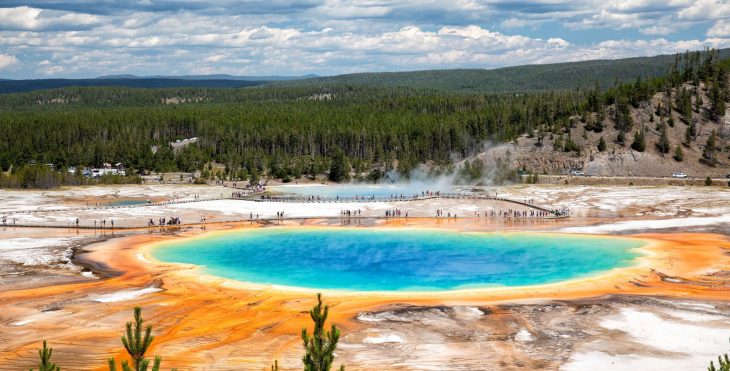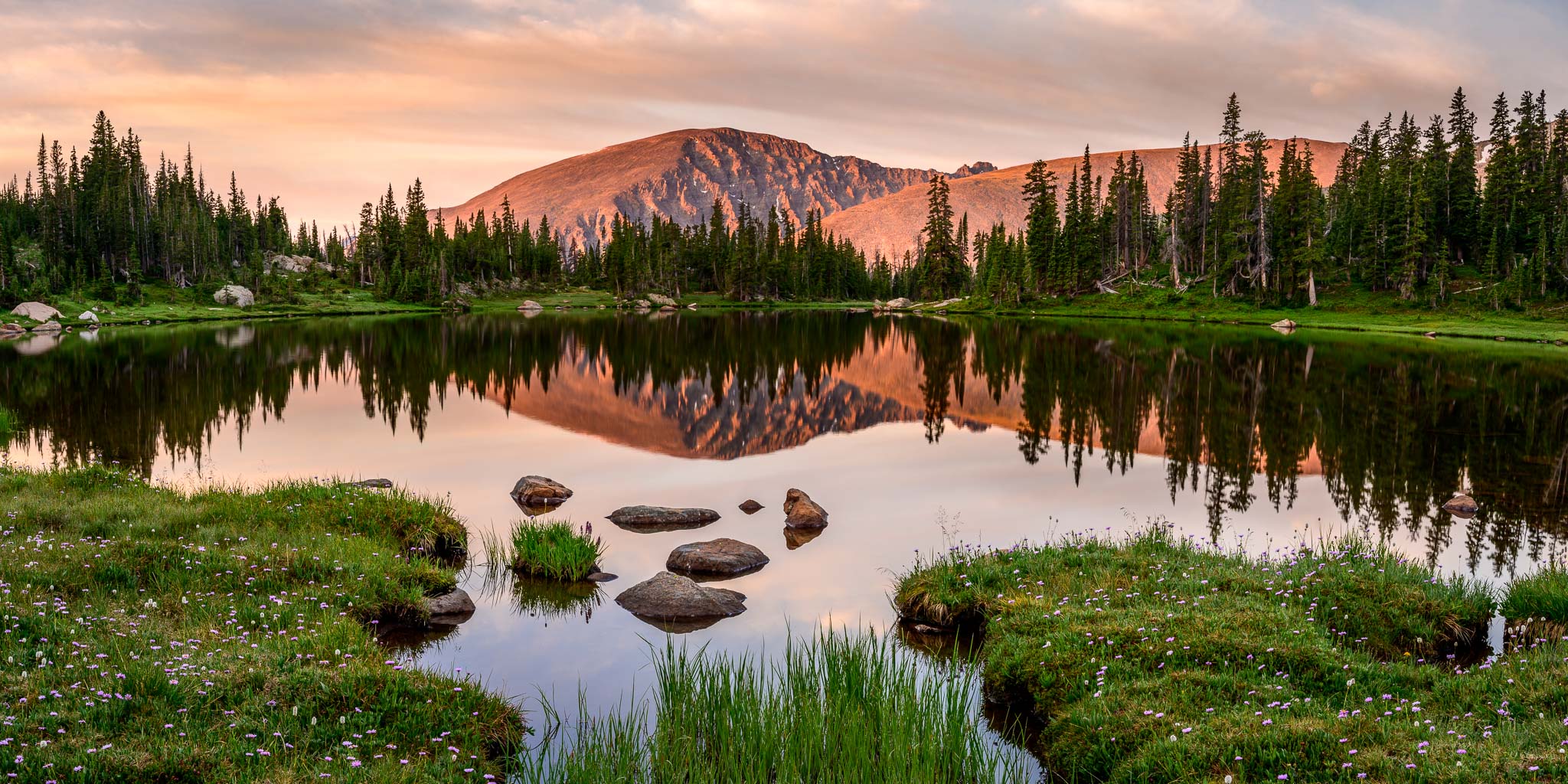
National parks are treasures of natural beauty, preserving and protecting diverse ecosystems for future generations to enjoy. These remarkable areas offer breathtaking landscapes, abundant wildlife, and unparalleled opportunities for adventure. In this article, we’ll explore 18 fascinating facts about national parks that will deepen your appreciation for these natural wonders.
What Are National Parks?
National parks are protected areas established by governments to conserve significant natural, cultural, and historical resources. These parks offer opportunities for recreation, education, and scientific research, while also promoting environmental sustainability.
The First National Park: Yellowstone
Yellowstone National Park, established in 1872, holds the distinction of being the first national park in the world. Located primarily in the U.S. state of Wyoming, it spans over 2.2 million acres and features breathtaking geothermal features, including the famous Old Faithful geyser.
Giant Sequoias in Sequoia National Park
Sequoia National Park, situated in California’s Sierra Nevada Mountains, is home to giant sequoia trees, some of the largest living organisms on Earth. The General Sherman Tree, found in this park, is the world’s largest tree by volume, standing at a staggering 275 feet tall.
Denali: The Tallest Mountain in North America
Denali National Park in Alaska boasts the highest peak in North America. Mount Denali, formerly known as Mount McKinley, stands tall at 20,310 feet. The park offers breathtaking vistas, abundant wildlife, and unparalleled opportunities for mountaineering.
Great Barrier Reef Marine Park
While national parks are commonly associated with terrestrial environments, the Great Barrier Reef Marine Park in Australia showcases the importance of preserving marine ecosystems. This World Heritage Site spans over 133,000 square miles and is home to a staggering diversity of coral reefs and marine life.

Grand Canyon National Park
The Grand Canyon National Park in Arizona is an awe-inspiring natural wonder that attracts millions of visitors each year. Carved by the Colorado River, the canyon stretches for approximately 277 miles and reaches a depth of over a mile, offering stunning vistas and geological marvels.
Acadia National Park: The East Coast Gem
Nestled along the rugged coastline of Maine, Acadia National Park is renowned for its stunning views of the Atlantic Ocean, granite peaks, and picturesque lakes. Visitors can hike, bike, or drive along the park’s scenic roads and witness breathtaking sunrises from the summit of Cadillac Mountain.
Serengeti National Park: A Wildlife Paradise
Located in Tanzania, Serengeti National Park is a vast savannah teeming with diverse wildlife. It is renowned for the annual Great Migration, where millions of wildebeest, zebras, and other herbivores migrate in search of fresh grazing grounds, offering a spectacular wildlife spectacle.
Zion National Park: A Geological Marvel
Zion National Park in Utah is a geologic wonderland characterized by towering sandstone cliffs, narrow canyons, and lush oases. Visitors can explore the famous Zion Canyon, hike the challenging Angel’s Landing trail, or experience the stunning beauty of The Narrows.
The Everglades: A Wetland Wilderness
The Everglades National Park in Florida is the largest subtropical wilderness in the United States. This unique ecosystem supports a rich diversity of plants and animals, including the endangered Florida panther and the American crocodile, making it an important haven for biodiversity.

Yosemite: Iconic Granite Landscapes
Yosemite National Park in California is renowned for its awe-inspiring granite cliffs, towering waterfalls, and ancient giant sequoias. The park’s iconic landmarks, such as El Capitan and Half Dome, attract rock climbers from around the world, while Yosemite Valley offers stunning vistas for all to enjoy.
Kruger National Park: Africa’s Wildlife Sanctuary
Situated in South Africa, Kruger National Park is one of Africa’s premier wildlife destinations. Covering an area larger than some countries, it is home to the iconic Big Five: lions, elephants, leopards, rhinos, and buffalos. Safaris in this park offers unparalleled opportunities to witness Africa’s majestic wildlife up close.
Banff National Park: Canada’s Rocky Mountain Gem
Banff National Park, nestled in the Canadian Rockies, is a haven for outdoor enthusiasts. With its turquoise lakes, snow-capped peaks, and abundant wildlife, the park offers endless opportunities for hiking, camping, skiing, and wildlife spotting, making it a year-round paradise.
Volcanoes National Park: Exploring Lava Landscapes
Hawaii Volcanoes National Park showcases the dramatic volcanic landscapes of the Big Island. Visitors can witness the primal forces of nature as they explore the park’s active volcanoes, walk through lava tubes, and marvel at the glowing lava flows that continuously shape and reshape the land.
Rocky Mountain National Park: A Scenic Wonderland
Rocky Mountain National Park, located in Colorado, offers breathtaking vistas of snow-capped peaks, alpine meadows, and crystal-clear lakes. With over 350 miles of hiking trails, visitors can immerse themselves in the park’s natural beauty and encounter diverse wildlife, including elk, bighorn sheep, and black bears.

Galapagos National Park: Evolutionary Marvels
The Galapagos Islands, a province of Ecuador, are home to the Galapagos National Park, a UNESCO World Heritage site. Renowned for their unique wildlife and their role in Charles Darwin’s theory of evolution, the islands offer opportunities for up-close encounters with marine iguanas, giant tortoises, and rare bird species.
Plitvice Lakes National Park: Croatia’s Natural Gem
Nestled in the heart of Croatia, Plitvice Lakes National Park is a captivating wonderland of cascading waterfalls, turquoise lakes, and lush forests. Visitors can explore a network of wooden boardwalks that meander through the park, providing glimpses of the park’s stunning natural beauty from every angle.
Torres del Paine: Patagonia’s Crown Jewel
Located in the rugged wilderness of Chilean Patagonia, Torres del Paine National Park is a breathtaking landscape of towering granite peaks, azure lakes, and sprawling glaciers. Hikers from around the world embark on the renowned “W Circuit” or the challenging trek to the iconic Torres del Paine granite towers.
National parks are not only gateways to adventure and natural beauty but also serve as vital sanctuaries for biodiversity conservation and environmental education. By exploring these parks, we can connect with nature and gain a deeper understanding of our planet’s incredible diversity.
Conclusion
National parks offer a window into the wonders of our natural world, providing awe-inspiring landscapes, unique ecosystems, and unforgettable experiences. Whether you seek adventure, tranquility, or a deeper connection with nature, these protected areas have something to offer everyone. So, pack your bags, lace up your hiking boots, and embark on an extraordinary journey to discover the remarkable beauty of national parks.
Frequently Asked Questions (FAQs)
What is the oldest national park in the world?
The oldest national park in the world is Yellowstone National Park, established in 1872.
Are national parks only found in the United States?
No, national parks can be found in countries all around the world. Each country has its own system for designating and managing national parks.
Can you camp in national parks?
Yes, many national parks offer camping facilities and designated campgrounds for visitors to enjoy. It’s a great way to immerse yourself in the natural surroundings.
Are national parks open year-round?
Most national parks have different seasons and operating hours. Some parks remain open year-round, while others have specific opening and closing dates due to weather conditions or wildlife preservation.
Can I bring my pet to a national park?
Pets are generally allowed in national parks, but they must be kept on a leash at all times and are restricted from certain areas for the safety of both wildlife and other visitors. It’s important to check the specific rules and regulations of each park before bringing your pet.
Was this page helpful?
Our commitment to delivering trustworthy and engaging content is at the heart of what we do. Each fact on our site is contributed by real users like you, bringing a wealth of diverse insights and information. To ensure the highest standards of accuracy and reliability, our dedicated editors meticulously review each submission. This process guarantees that the facts we share are not only fascinating but also credible. Trust in our commitment to quality and authenticity as you explore and learn with us.
